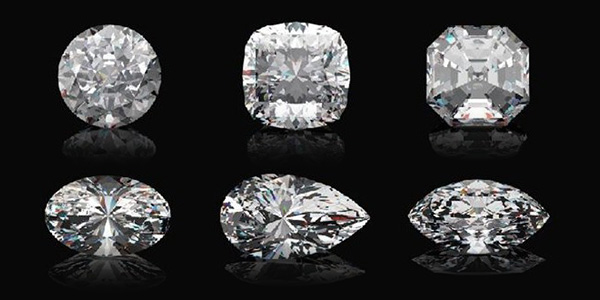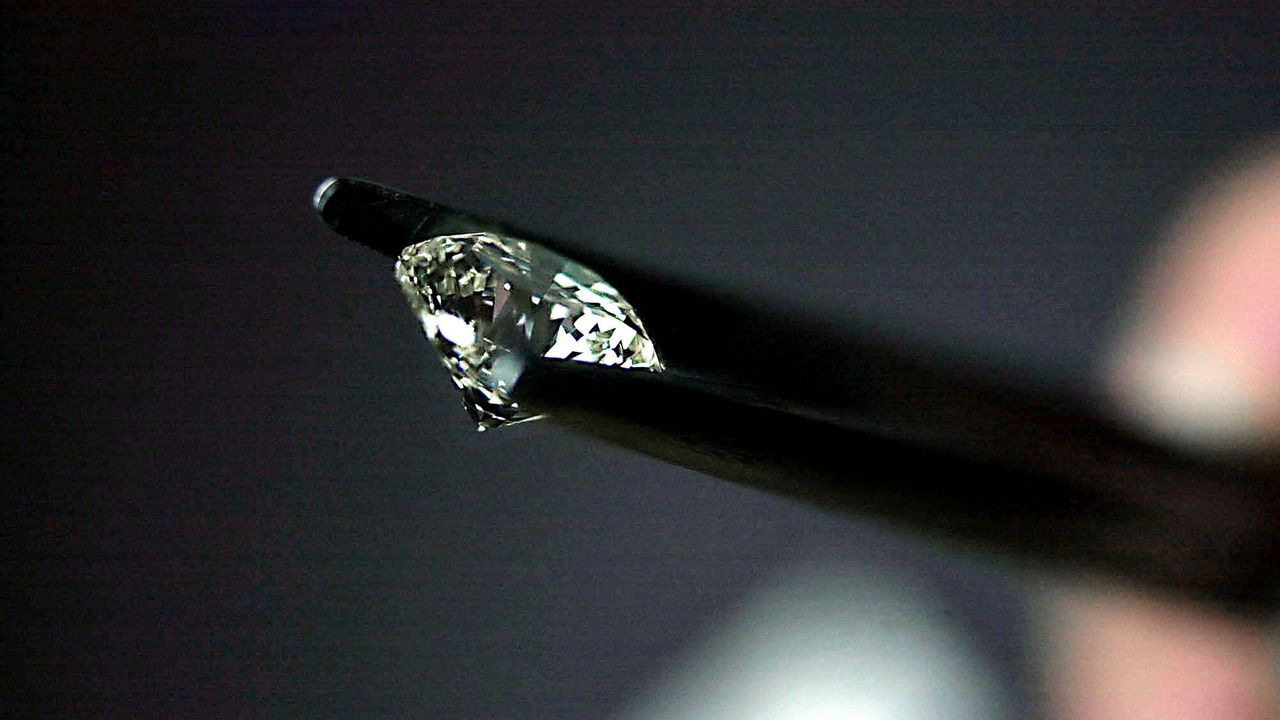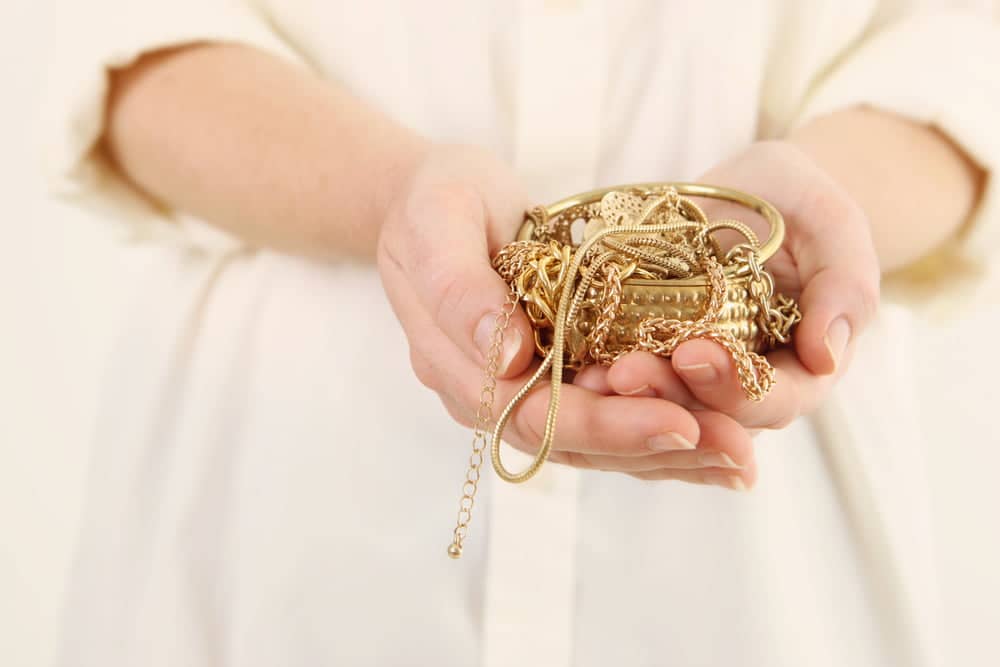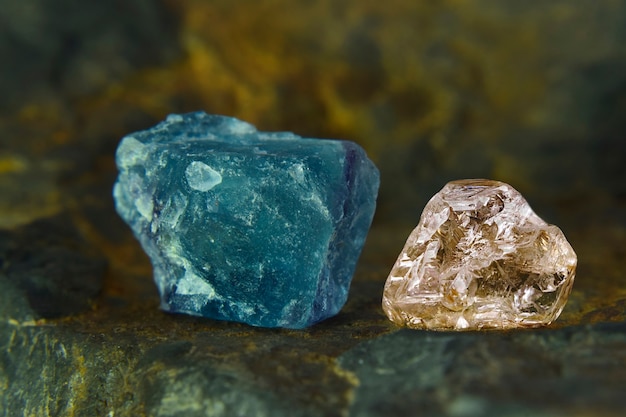Introduction to Diamond Shapes
Diamond shapes are more than just aesthetic choices—they can significantly impact the look and feel of your engagement ring or jewelry piece. Whether you’re drawn to classic brilliance or contemporary elegance, understanding the nuances of different diamond shapes is crucial for making an informed decision.
Understanding Different Diamond Shapes
Round Cut Diamonds
Round cut diamonds are the most popular choice, renowned for their timeless appeal and exceptional brilliance diamond shapes tips. They are versatile and complement various settings, making them a top choice for engagement rings.
Characteristics and Popular Settings
Round diamonds are known for their 58 facets, optimizing light reflection for maximum sparkle diamond shapes tips. They are often set in solitaire, halo, or pave settings to enhance their brilliance further.
Pros and Cons
Pros: Excellent brilliance and versatility. Cons: Generally higher in price per carat compared to other shapes.
Princess Cut Diamonds
Princess cut diamonds feature a square or rectangular shape with pointed corners, offering a modern alternative to round cuts. They are favored for their clean lines and contemporary appeal.
Characteristics and Popular Settings
Princess cut diamonds typically have around 76 facets, emphasizing brilliance and fire. They pair well with channel or bezel settings for a sleek look.
Pros and Cons
Pros: Modern and distinctive appearance. Cons: Vulnerable to chipping at the corners.
Emerald Cut Diamonds
Emerald cut diamonds are characterized a rectangular shape with stepped facets that create a hall-of-mirrors effect. They exude elegance and are ideal for those who appreciate understated sophistication.
Characteristics and Popular Settings
Emerald cut diamonds have fewer facets (around 50 to 58), emphasizing clarity over sparkle. They are often set in a minimalist, classic setting to showcase their clean lines.
Pros and Cons
Pros: Unique vintage charm and excellent clarity visibility. Cons: Less brilliance compared to brilliant cuts.
Cushion Cut Diamonds
Cushion cut diamonds are square or rectangular with rounded corners, combining a classic pillow shape with modern brilliance. They offer a balance of vintage and contemporary appeal.
Characteristics and Popular Settings
Cushion cut diamonds have large facets that enhance their sparkle and fire. They are often set in halo or three-stone settings to amplify their presence.
Pros and Cons
Pros: Romantic and soft appearance with impressive sparkle. Cons: May show more color than round diamonds.
Asscher Cut Diamonds
Asscher cut diamonds are similar to emerald cuts but are square rather than rectangular. They feature a step-cut faceting style that emphasizes clarity and geometric elegance.
Characteristics and Popular Settings
Asscher cut diamonds have around 58 facets, creating a mesmerizing play of light and dark facets. They are often set in vintage-inspired settings to highlight their Art Deco roots.
Pros and Cons
Pros: Unique and vintage appeal with exceptional clarity. Cons: Less brilliance compared to round or princess cuts.
Choosing the Right Diamond Shape for You
Choosing the perfect diamond shape involves considering various factors beyond mere aesthetics. Your lifestyle, personal style preferences, and even finger shape can influence which shape will best suit you.
Factors to Consider
Finger Shape and Size
The shape of your fingers can affect how a diamond appears on your hand. For example, elongated shapes like oval or pear can complement shorter fingers, while round or princess cuts can flatter longer fingers.
Style Preferences
Are you drawn to classic elegance or modern flair? Understanding your style preferences can guide you towards a diamond shape that resonates with your taste and personality.
Lifestyle Considerations
Consider your daily activities and how they might impact your choice of diamond shape. If you lead an active lifestyle, a more durable shape like round or princess cut may be preferable.
How Diamond Shapes Affect Appearance
Face-up Size vs. Carat Weight
Different diamond shapes can make the same carat weight appear larger or smaller. For example, a marquise or oval cut tends to have a larger face-up appearance compared to a round cut of the same carat weight.
Brilliance and Sparkle
Brilliance refers to the white light reflected from within the diamond, while sparkle refers to the flashes of colored light. Round cuts generally have the most brilliance, while step cuts like emerald or asscher prioritize clarity over sparkle.
Conclusion
Choosing the right diamond shape involves more than just aesthetics—it’s about understanding how each shape complements your style, personality, and lifestyle. Whether you opt for the timeless brilliance of a round cut or the modern allure of a princess cut, each diamond shape has its unique charm and considerations. By exploring these tips and factors, you can confidently select a diamond shape that not only dazzles but also resonates with your individuality. Happy diamond hunting!




